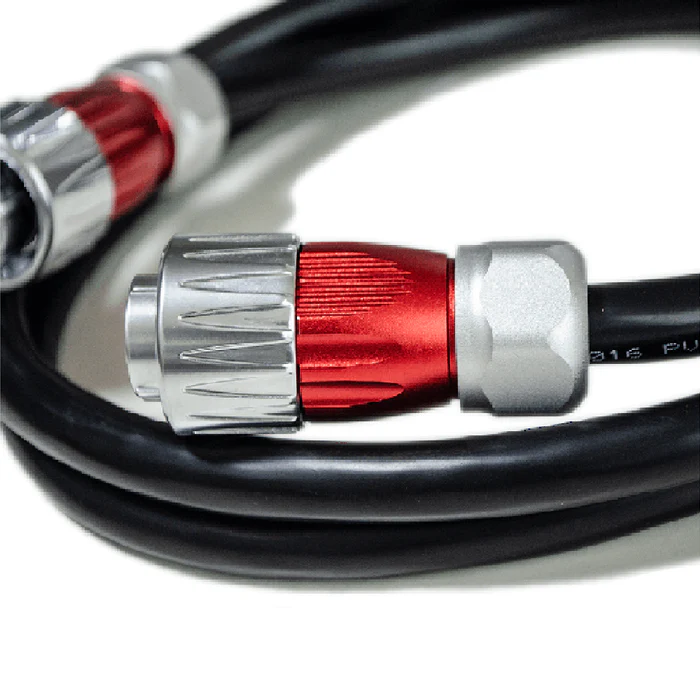
Commandes et dans le monde entier
Commandes et dans le monde entier

Robot cables are the lifelines of robotic systems, designed to connect various components within robots while withstanding the physical challenges of repetitive motion and environmental factors. These cables are a fundamental element in the construction of reliable and efficient robots.

The definition of robot cables encompasses several basic concepts that differentiate them from standard cables. They are built to be highly flexible to accommodate the frequent movements of robotic arms and other mechanisms. Moreover, they are designed to operate over a wide temperature range, making them suitable for diverse industrial environments. Types of robot cables include those with specific shielding to protect against electromagnetic interference (EMI) and those with specialized insulation to resist abrasion, chemicals, and oils.
The variety of robot cables available is tailored to meet the specific needs of different robotic applications, each with unique characteristics and capabilities.

Some common types of robot cables include:
High-Flex Cables: These are designed for applications where the cable will undergo frequent bending and twisting. They maintain their performance through millions of flex cycles.
Flat Cables: These cables have a flat profile, which allows them to be routed in tight spaces and reduces the risk of damage from compression.
Silicone Rubber Insulated Cables: These cables offer excellent resistance to high temperatures and are often used in applications where heat is a factor.
Armored Cables: With an additional protective layer, such as steel braiding or a heavy-duty outer jacket, these cables provide extra durability against mechanical stress.
Shielded Cables: These cables have a shielding layer, such as a foil or braid, to protect against EMI, ensuring signal integrity in robotic systems.
Multi-Conductor Cables: These cables contain multiple insulated wires within a single jacket, allowing for the transmission of multiple signals or power lines simultaneously.
The advantages of robot cables are a direct result of their specialized design, which allows them to perform reliably in the demanding conditions found in robotic applications.

The key advantages of robot cables include:
Durability: Robot cables are made to be robust, with reinforced constructions that resist wear and tear, ensuring a long service life even under harsh conditions.
Flexibility: These cables are designed to remain flexible in extreme temperatures, allowing them to bend and flex without cracking or breaking, which is essential for robotic arms and other moving parts.
Temperature Resistance: Robot cables can operate in a broad range of temperatures, with materials that remain stable and maintain their properties in both hot and cold environments.
Chemical and Oil Resistance: Many robot cables are made with materials that resist degradation from exposure to chemicals and oils, making them suitable for use in industrial settings where such substances are common.
Low Friction: The outer jackets of robot cables are often smooth and designed to reduce friction, allowing them to move freely without binding or tangling.
EMI Shielding: Shielded robot cables protect sensitive robotic systems from electromagnetic interference, ensuring reliable operation by preventing signal degradation.
Customizability: Robot cables can be customized to meet specific application requirements, including length, conductor count, and shielding type, allowing for a perfect fit for any given application.
In conclusion, robot cables are a critical component in the field of robotics, providing the necessary flexibility, durability, and performance to support the complex movements and requirements of modern robotic systems. Their specialized design ensures that robotic applications can operate efficiently and reliably in a variety of environments.
0 éléments sélectionnés sur 3
Sélectionnez le premier élément à comparer
Sélectionnez le deuxième élément à comparer
Sélectionnez le troisième élément à comparer
Laisser un commentaire